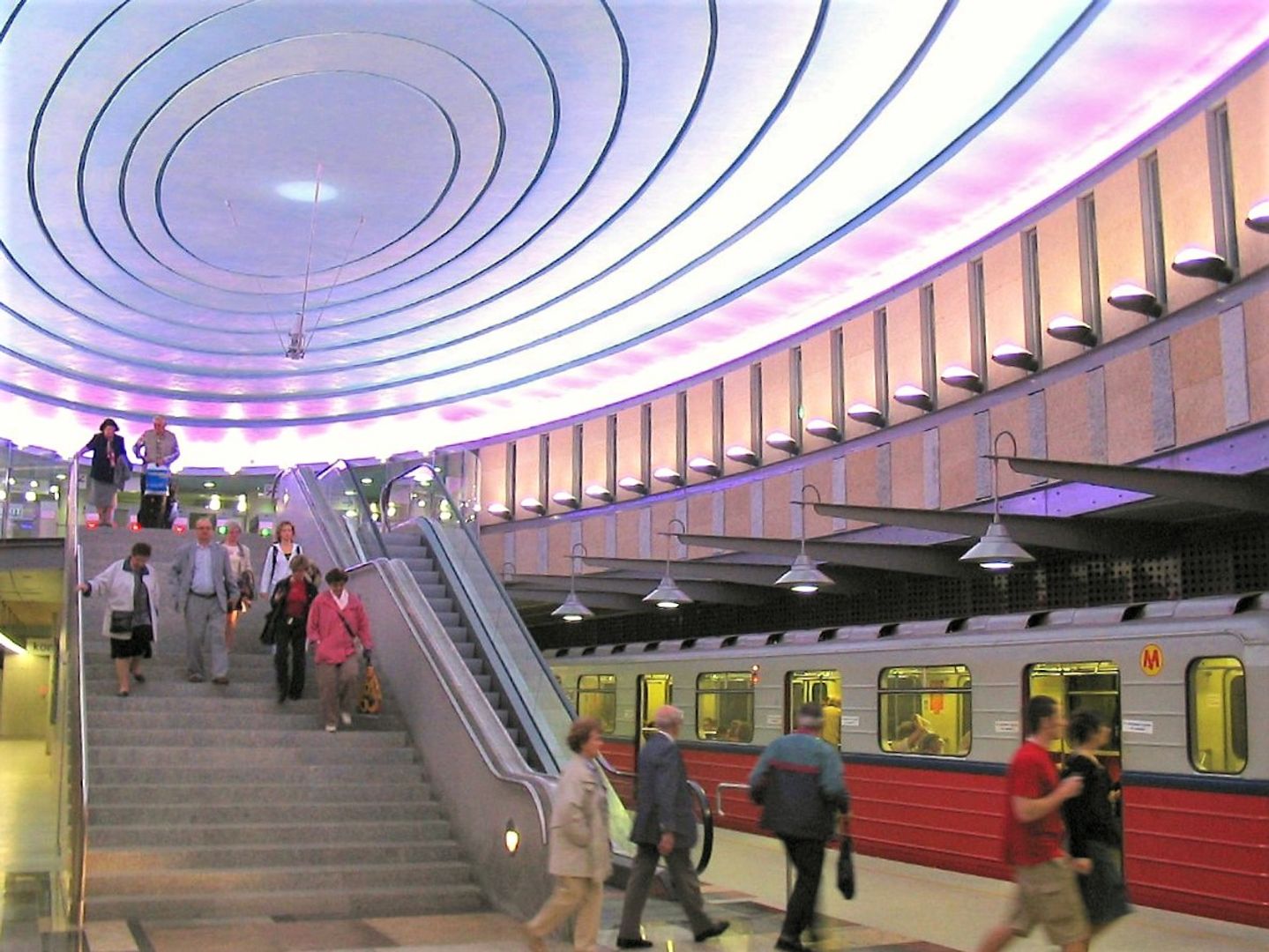Warsaw Metro Line M1
6.67

Overview
The M1 metro line in Warsaw is the first underground line in Poland's capital, stretching 23.1 kilometers in length and encompassing 21 stations. Its construction was planned in 1982, and it officially opened on April 7, 1995, establishing a crucial connection from the Kabaty housing estate in Ursynów to Młociny in the Bielany district. The history of the Warsaw metro dates back to the 1950s, when the first unsuccessful attempts to realize the project were made. In the 1970s, the growing need to address the transportation demands of developing districts led to decisions to proceed with metro construction. Initial plans envisioned reaching the city center, but due to various reasons, including economic crises, the project faced repeated delays. Architecturally, most stations were built in the Soviet style, with structures also designed to serve as nuclear shelters. It is worth noting that platforms were adapted to accommodate six-car trains, and some stations underwent modifications to extend their platform lengths to meet modern transport requirements. Culturally, the first metro line is a significant aspect of Warsaw's daily life, facilitating the commutes of both residents and tourists. Interestingly, during the construction phase, several stations were planned but never built, such as Plac Konstytucji and Muranów; however, in 2019, a tender was announced for their construction. Today, the M1 line is not only a key component of Warsaw's transportation network but also a symbol of the capital's urban development. Its modern technologies, including the traffic control system, and architectural solutions stand as testaments to the city's continuous evolution and its ability to adapt to the needs of contemporary times.
Location
Tickets
Powered by GetYourGuide
2025 Wizytor | All Rights Reserved